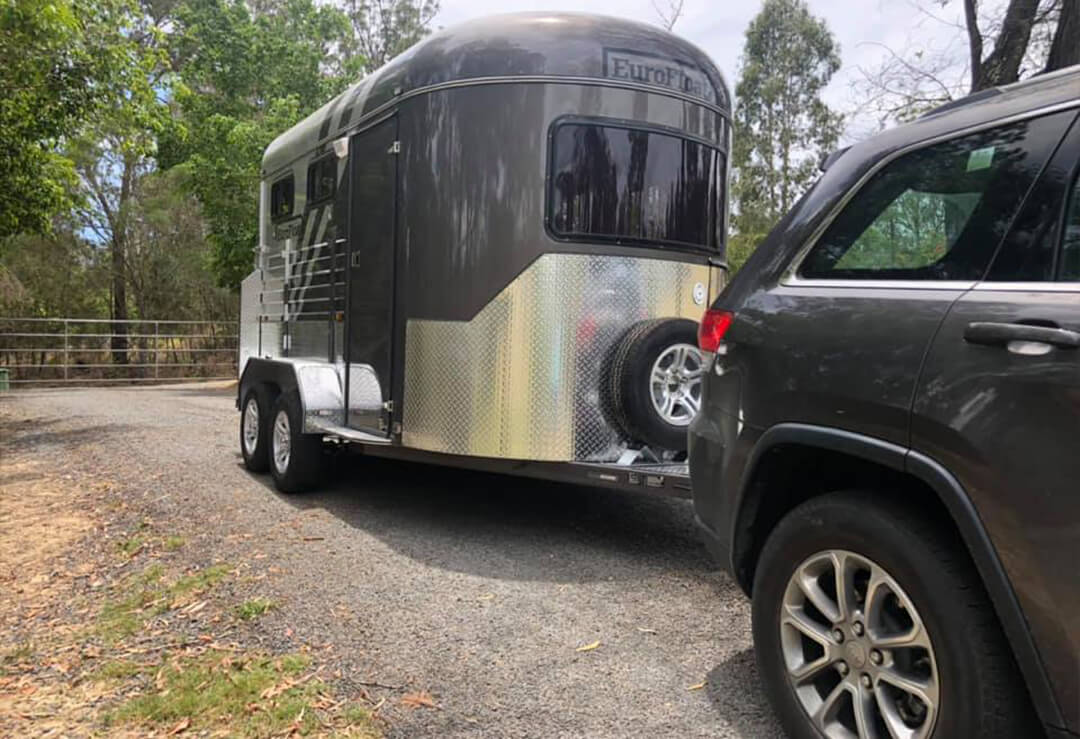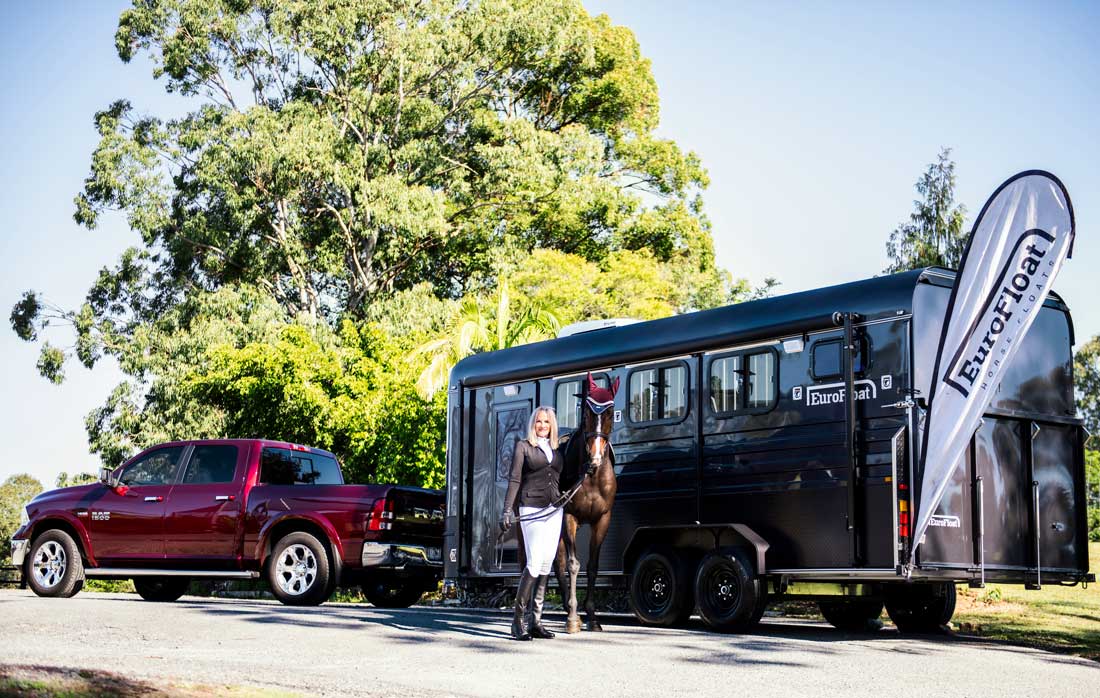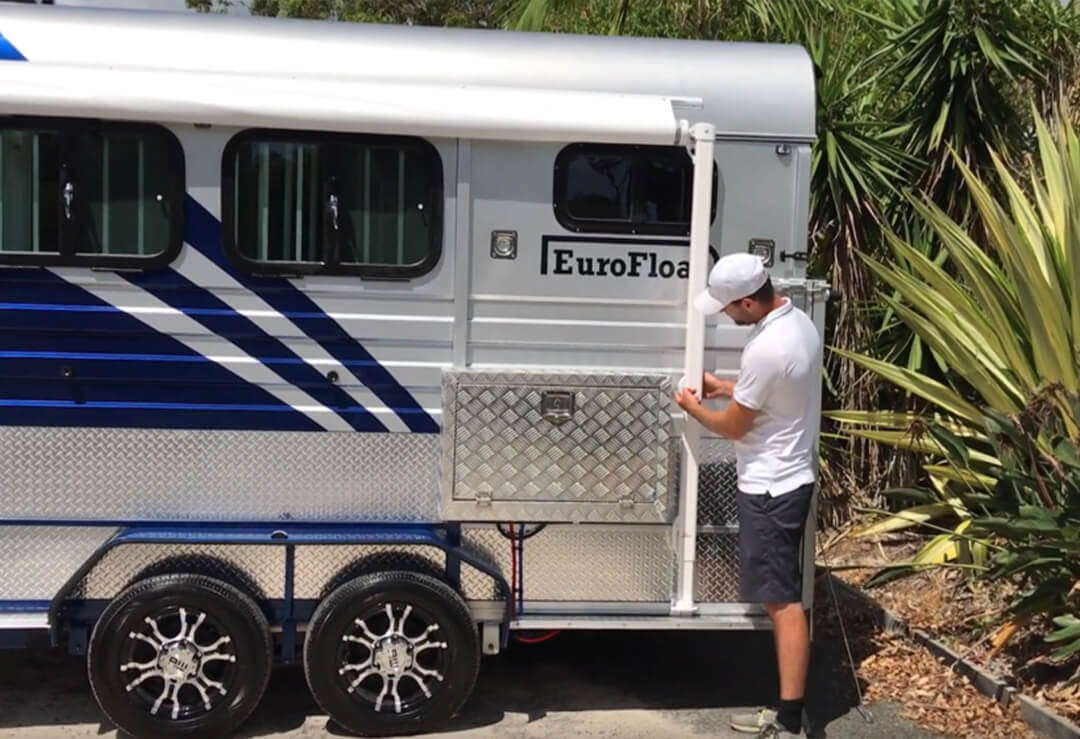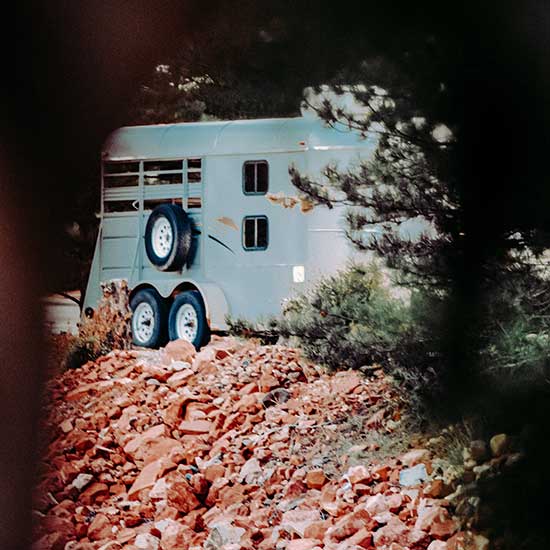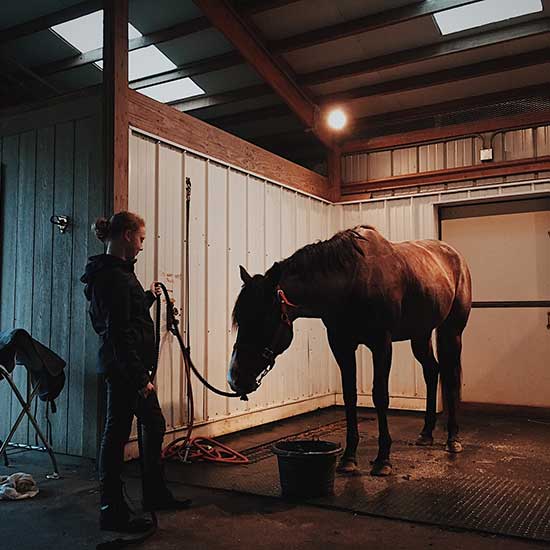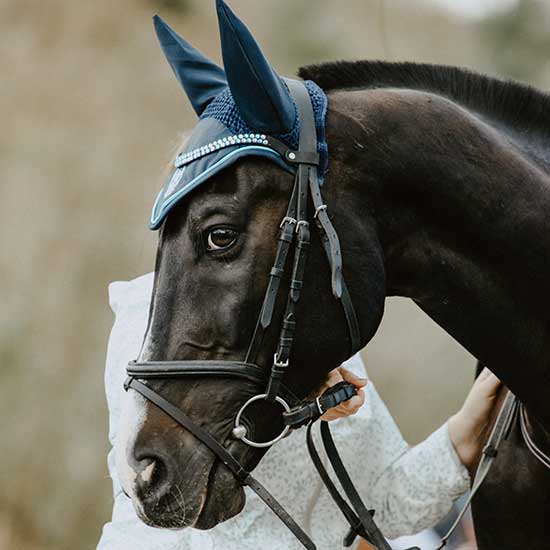A Guide to Towing Horse Floats - What You Need to Know
When towing a vehicle of any sort, you need to be aware of other road users and know your responsibilities. When you are towing horse floats, you also need to consider the safety of the animal or animals behind you. Initially, you have to make sure that you have the right vehicle for the horse float as if the combined weight of float and horse are very high, certain vehicles will struggle. Any weight limits that are given should be adhered to. There are clear driving habits you should pick up and when towing horse floats, you should always remember to:
- Take extra care when going around corners and make sure that you do not go too fast.
- Consider the extra weight that the trailer has when there is a horse in it and make sure there is enough room left when breaking. This will also mean you need to look ahead more than normal so that you can anticipate road activity.
- Try not to reverse when there is no someone outside to give additional information about the surroundings.
- Don’t change lanes suddenly and look ahead for traffic lights changing. When pulling away, remember that there will not be the same immediate speed you would get from a car.
- Break gently and travel in lower than usual gear when going downhill. This will ensure that the float stays stable and the horse uninjured.
All of these are going to apply to everyone, but there are additional maneuvers that may have to be altered. If you need to go down a kerb, this should be done slowly and gently. Every bump could cause the horse discomfort.
Intersection Turning
This can be difficult at the best of times and as your vehicle is now a lot longer than normal, you need to leave plenty of room. The horse is going to be unsettled so the slowest speed possible should be reached.
Traffic Calming
While traffic calming is good for the majority of road users, there are times when they can cause problems. It is going to jolt the horse and can be distressing and dangerous. If it is a bump they should be approached slowly, and chicanes can be even worse. In case there are some that narrow the road a great deal it may be best to find another route even if it will take longer.
Resting
As with any long journey, you will need to plan a rest stop and this will benefit both you and your horse. It will be much more comfortable for them to eat and drink during a stop and will allow them time to get out of the float for a while. The location should be one where the horse will feel safe. However unsure you are that your horse is happy alone in the float, it is illegal for passengers to travel inside with it.
Pre Journey Checks
In the same way that you would check the car before a long journey, you should also check the float. Checks should include: -
- Tyre tread – This is important for safety and a legal requirement.
- Brakes – A horse float will have these.
- Safety items – Attach the safety chain and coupling bolt.
- Door
- Lights
- Mats – These will help the horse stay balanced.


